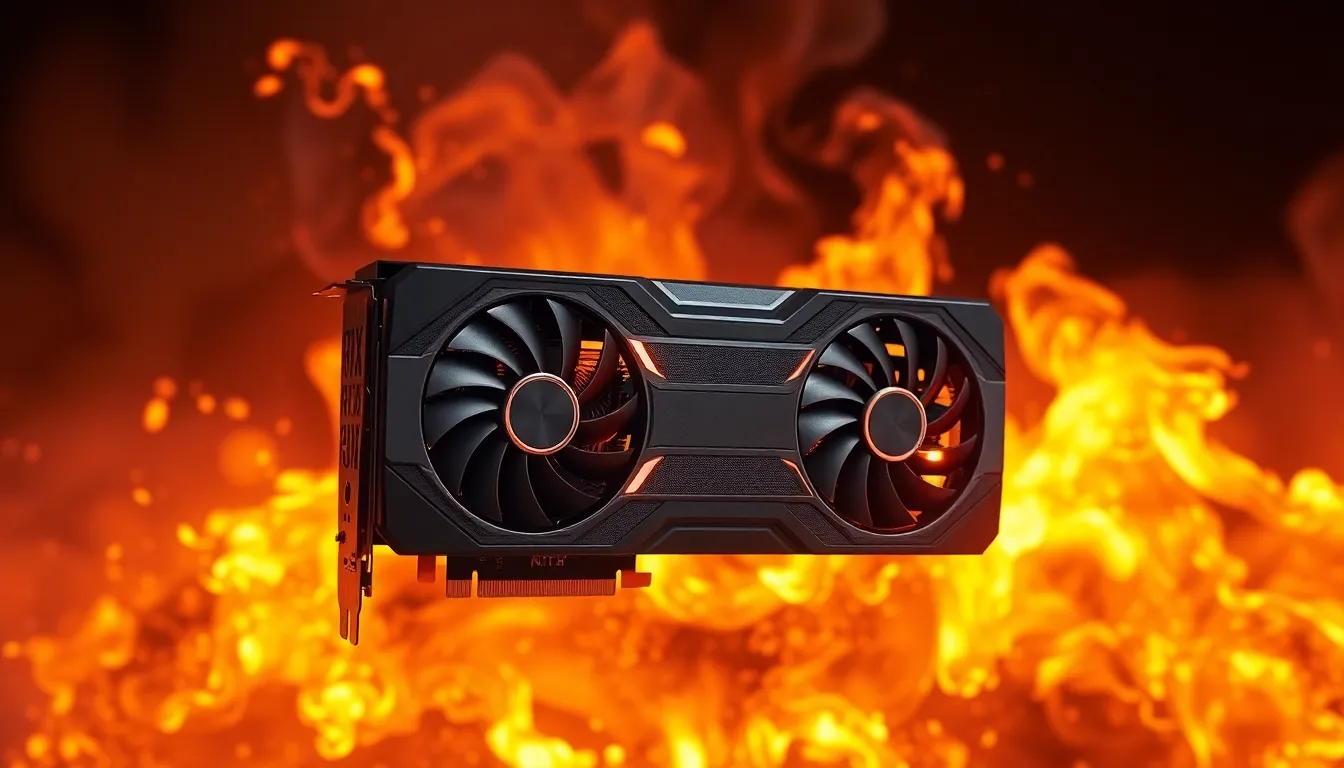How to Install & Use LoRA Models in Stable Diffusion
Table of Contents
1. Introduction
Are you ready to dive into the exciting world of AI-generated art? If you've ever wanted to create stunning images tailored to your unique creative vision, then you're in the right place! In this blog post, we'll explore how to unlock the full potential of Stable Diffusion by using LoRA models. These tools empower you to generate images with specific styles and themes in just a few clicks. We'll guide you through everything from installation to showcasing some of the standout LoRA models available. Let’s embark on this creative journey together!
2. What is a LoRA?
LoRA, or Low Rank Adaptation, is a groundbreaking technology in the realm of Stable Diffusion. It allows you to fine-tune diffusion models quickly, making them suitable for various concepts, styles, or characters. The best part? Laura models maintain a small file size, making it easier to generate images with your desired themes.
In essence, LoRA opens up new avenues for artists and hobbyists alike, giving you the tools to create personalized and detailed images without the hassle of managing large files. It's a game-changer that makes AI art more accessible to everyone.
3. Finding the Perfect LoRA Model
To kickstart your creative process, you need to identify the right LoRA model that resonates with your artistic goals. The simplest way to discover these models is through Civit AI, a hub for open-source generative AI. Here’s how to navigate the site:
-
Visit Civit AI
-
Click on Models located in the top left corner.
-
Find the filter icon in the top right corner and select LoRA.

-
Wait for the page to refresh and display only LoRA model types.
-
Browse through the collection and find the model that inspires you!
Each LoRA model offers unique outputs, so take your time to explore the various options available.
4. Installing and Using LoRA
Once you've found a LoRA model that captures your imagination, it's time to download and install it. Here’s a simple step-by-step guide:
-
Right-click on the blue download button and select Save Link As.
-
Navigate to your LoRA folder within the models directory (stable-diffusion-webui\models\Lora) and hit save.
Now, start up Stable Diffusion and let’s put that LoRA to use:
-
Select a checkpoint that aligns with your artistic style.
-
Write your prompt and negative prompt as you normally would.
-
Now click on the LoRA button and choose the downloaded model.

-
After you have clicked on your desired LoRA model, new text will appear in the prompt. It will look like this:

The absence of your LoRA may suggest that it has been placed in an incorrect folder. Alternatively, consider clicking the Refresh button located in the top right corner.
-
Adjust the generation settings to your liking and press generate!
Voilà! You’ve successfully incorporated a LoRA model into your creative process.
5. Understanding LoRA Weights
A crucial aspect of using LoRA models is LoRA weights. This dictates how much influence a specific LoRA model will have on your generated image. The default weight is set to 1. Here’s the breakdown:
-
A weight of 0 disables the model.
-
Some models allow negative values, meaning they can reduce details in your image.
One notable model is the Detail Tweaker Lora, which enhances or diminishes detail while preserving the overall style. Before you start using a LoRA, it’s wise to read its description on Civit AI to understand the best practices for achieving optimal results.
6. Exploring Top LoRA Models
Now that you have the basics down, let’s explore some of the most exciting Lora models that can elevate your artwork:
-
Detail Tweaker LoRA: Perfect for enhancing or reducing detail in images while keeping the character consistent. It works seamlessly with both anime and realistic base models.
-
Thicker Lines Anime Style LoRA: True to its name, this model adds bolder outlines to anime images. The recommended weight is 1 for best results.
-
Steampunk AI: Extracted from the Steampunk AI checkpoint, this model demonstrates how you can customize your AI art without the need for large files.
Each of these models has unique strengths, allowing you to experiment and discover what suits your creative vision best.
7. Conclusion
In conclusion, the world of AI-generated art is vast and full of opportunities for exploration. By utilizing LoRA models, you can easily create remarkable images tailored to your specific themes and styles. Remember to explore platforms like Civit AI to find the models that resonate with you. With the tools and insights shared in this post, you’re now equipped to embark on your creative journey and inspire others with your art.
Keep experimenting, and may your imagination lead the way!



